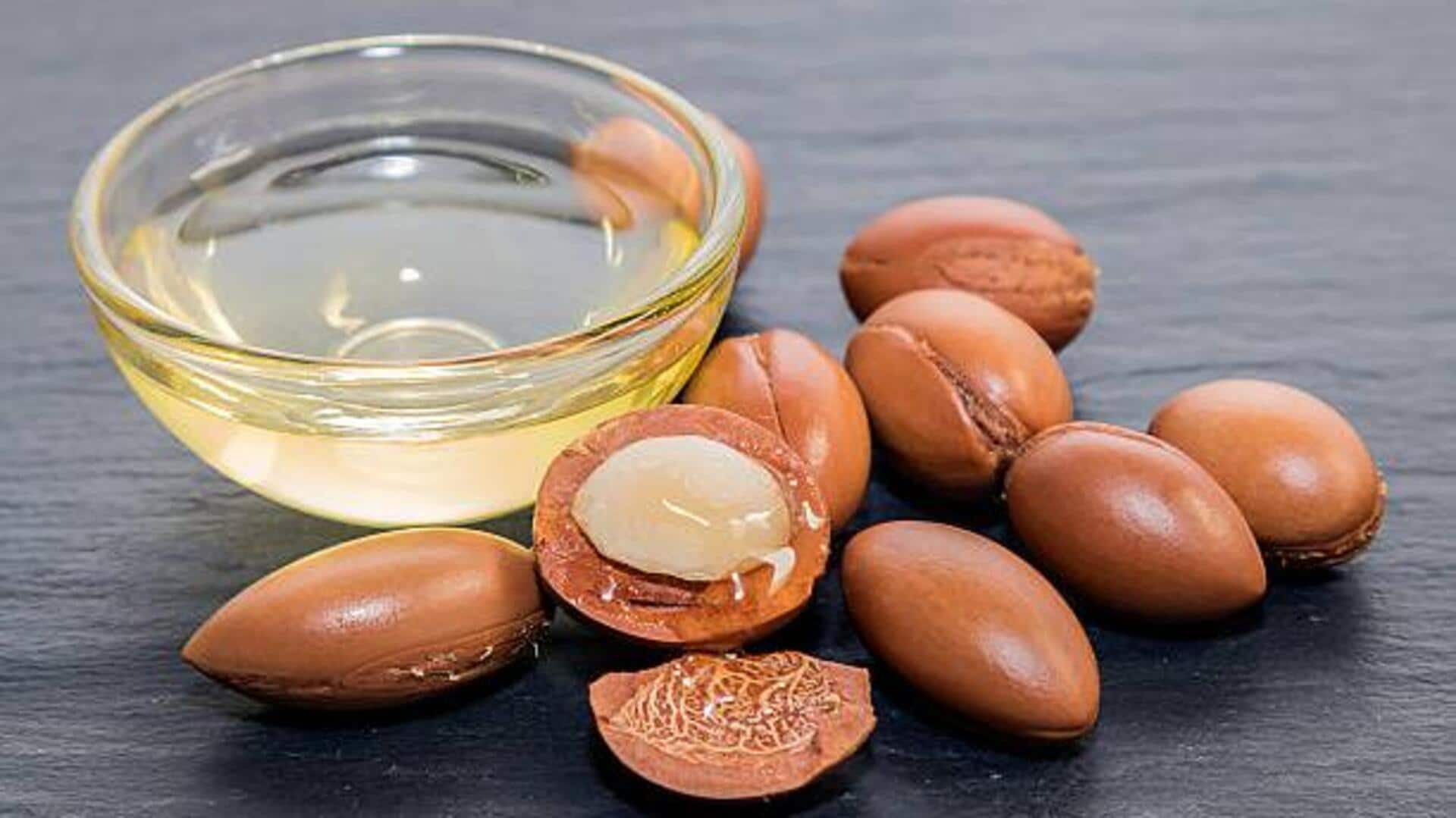Why Clean Brushes?
Cleaning your hairbrush is not merely an aesthetic practice; it's vital for your hair's overall health and well-being. Over time, hairbrushes accumulate
various elements that affect hair health. Dead skin cells, hair products, and natural oils combine with dust and dirt to create an environment where bacteria can thrive. Using a dirty brush can lead to product build-up, which can make the hair look dull, and increase the likelihood of hair loss. By removing these elements regularly, you ensure a healthier scalp and encourage hair growth. Regular cleaning stops the transfer of bacteria and grime that leads to a healthier scalp. It's like giving your hair a fresh start with every brush stroke, promoting vitality and shine.
Supplies You'll Need
Gathering the right supplies will make the cleaning process easier and more effective. You will need a few essential items. First, a comb is useful for removing tangled hair from the brush. Next, you'll require a small bowl or container for soaking. A gentle shampoo or soap is crucial; using a product specifically for hair can help to break down product build-up. You might also need a toothbrush or similar tool for scrubbing. This is useful for reaching hard-to-access areas within the brush. Ensure you have access to a water source, like a sink, to rinse the brush thoroughly. Lastly, a towel is required for drying the brush. Having these simple supplies ensures the cleaning task is smooth and successful, contributing to a healthier hair care routine.
Step-by-Step Guide
The process for cleaning your hairbrush can be broken down into a series of simple steps. Start by removing all the loose hairs from the brush, which you can easily do with a comb. Prepare a bowl of warm water with a few drops of gentle shampoo. Immerse the brush in the soapy water, ensuring all bristles are covered. Let the brush soak for about 5-10 minutes to help loosen build-up. Use a toothbrush or similar tool to scrub gently, paying attention to the base of the bristles where build-up often occurs. Rinse the brush under clean, running water, ensuring all soap residue is gone. Shake off any excess water and allow the brush to air dry completely on a towel. Ensuring you follow these simple steps ensures your hairbrush is clean, promoting a healthier hair care routine.
How Often to Clean
Establishing a cleaning schedule depends on how often you use your hairbrush and the products you apply to your hair. If you regularly use styling products, such as gels, sprays, or serums, or have oily hair, cleaning your brush once a week is recommended. This prevents product accumulation and keeps the brush in optimal condition. For those who use fewer products or have drier hair, cleaning every two weeks is often sufficient. Regularly inspecting your brush can also help determine the cleaning frequency. If you notice a buildup of hair, products, or dirt, it's time for a wash. The cleaning frequency is about maintaining a healthy scalp and ensuring your hair care tools are working effectively. Adjusting the cleaning frequency to your specific needs ensures the best results.
Additional Tips
For those looking to enhance their hairbrush cleaning routine, there are a few helpful tips to consider. First, be mindful of the type of hairbrush you have. Some brushes, like those made of wood or with delicate bristles, might need gentler cleaning methods. Avoid harsh chemicals or very hot water, as they can damage certain materials. Immediately after use, remove any hair from the brush to stop build-up. Replace your hairbrush every 6 to 12 months, depending on use and condition, as bristles wear down. Store your hairbrush in a clean, dry location to stop the growth of bacteria. By incorporating these additional steps, you can optimize your hairbrush cleaning process, keeping your hair and scalp healthy.


